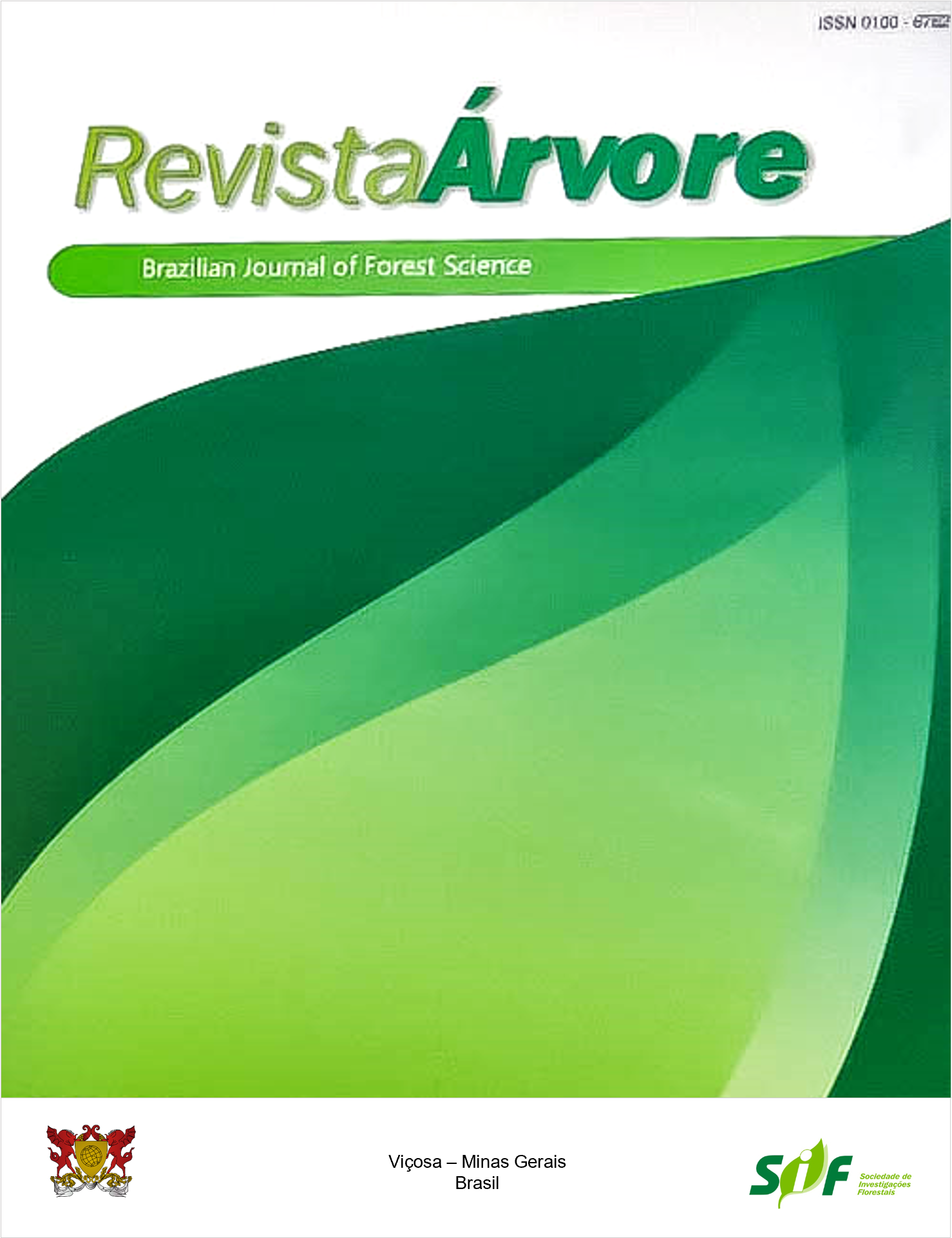PERFORMANCE COMPARISON BETWEEN PRESERVATIVE PRODUCTS CONCERNING TERMITES ATTACK ON PINE TIMBER
Keywords:
Wood preservation, Mass timber, Cryptotermes brevisAbstract
CLT (Cross Laminated Timber) is a pre-fabricated engineered wood panel, generally made from conifer woods, mainly pine and spruce. Due to the low natural resistance of this species to deteriorating organisms attack, the Brazilian standard ABNT NBR 7190:1 (2022) orients the treatment of structural elements before being used. This study aimed to evaluate the resistance of woods from Pine and Spruce species, with different preservative treatments and retentions, against wood termite (Cryptotermes brevis) attack. Different species of Pine and Spruce (Pinus abies, Pinus sylvestris, Pinus elliottii e Pinus taeda) were evaluated, as well as different preservatives such as Impralit KDS-B, CCA (Chromated Copper Arsenate), CCB (Copper Borate Chromated), MCA-C (Micronized Copper Azol type C) and HQC 791 (fire retardant for wood), usually used in Brazil, the United States and Europe. The results demonstrated that the fire retardant induced greater resistance to attack by xylophagous organisms, with total insect mortality and no surface deterioration after 45 days of testing. The CCA preservative also demonstrated efficiency in wood treatment with high resistance to termite attack, high mortality and only superficial wear of the specimen. It was concluded, therefore, that preservative treatments are recommended to guarantee the durability of the constructive system so that the so-called engineered wood elements can be used as structural systems.
Keywords: Wood preservation; Mass timber; Cryptotermes brevis
Downloads
Published
How to Cite
Issue
Section
License
All authors agreed to submit the work to Revista Árvore and granted the exclusive license to publish the article. The authors affirm that it is an original work and has not been previously published elsewhere. The scientific content and opinions expressed in the article are the sole responsibility of the authors and reflect their opinions, not necessarily representing the opinions of the editorial board of Revista Árvore or of the Society of Forest Investigations (SIF).




